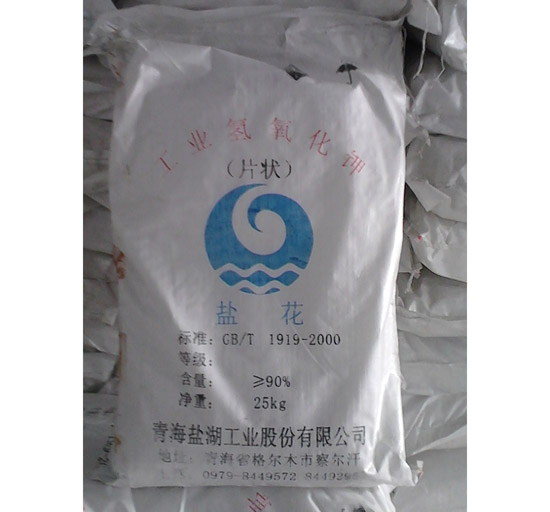你好,歡迎訪問(wèn)濟(jì)南金昊化工有限公司!

專注品質(zhì),信賴服務(wù)
我們用心做產(chǎn)品服務(wù)

咨詢熱線:
13655318786

專注品質(zhì),信賴服務(wù)
我們用心做產(chǎn)品服務(wù)

咨詢熱線:
13655318786
常見(jiàn)問(wèn)題

上一篇:順酐酸酐衍生物要注意什么?